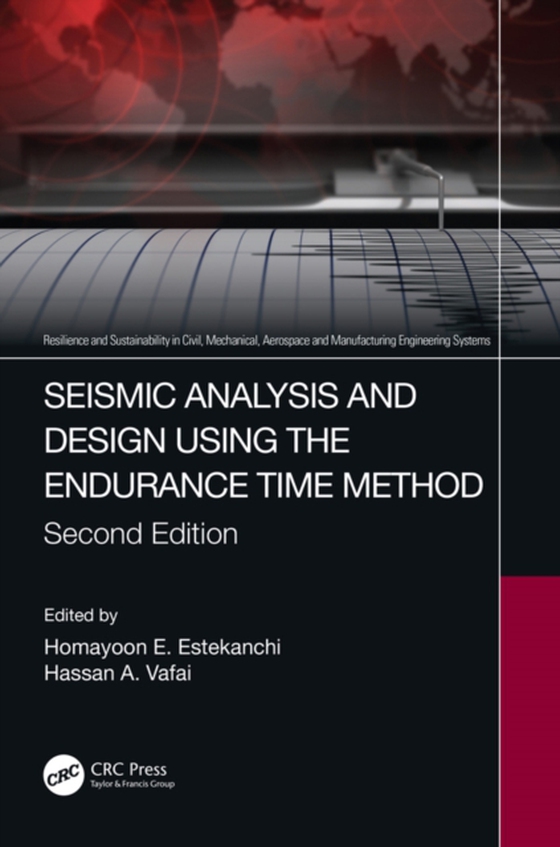
Seismic Analysis and Design using the Endurance Time Method e-bog
948,41 DKK
(inkl. moms 1185,51 DKK)
The endurance time method (ETM) is a seismic analysis procedure in which intensifying dynamic excitations are used as the loading function, and it provides many unique benefits in the design of structures. It can largely reduce the computational effort needed for the response history analysis of structures. This aids in the practical application of response history-based analysis in problems in...
E-bog
948,41 DKK
Forlag
CRC Press
Udgivet
7 oktober 2021
Længde
252 sider
Genrer
Volcanology and seismology
Sprog
English
Format
epub
Beskyttelse
LCP
ISBN
9781000457667
The endurance time method (ETM) is a seismic analysis procedure in which intensifying dynamic excitations are used as the loading function, and it provides many unique benefits in the design of structures. It can largely reduce the computational effort needed for the response history analysis of structures. This aids in the practical application of response history-based analysis in problems involving very large models and/or requiring numerous analyses to achieve optimal design goals. A single response history analysis through ETM provides an estimate of the system response at the entire range of seismic intensities of interest, thus making it ideal for applications such as seismic risk assessment, life-cycle cost analysis, and value-based seismic design. Conceptual simplicity also makes ETM a useful tool for preliminary response history analysis of structural systems. Features: Presents full coverage of the subject from basic concepts to advanced applied topics. Provides a coherent text on endurance time excitation functions that are essential in endurance time analysis. Seismic Analysis and Design using the Endurance Time Method serves as a comprehensive resource for students, researchers, and practicing structural engineers who want to familiarize themselves with the concepts and applications of the endurance time method (ETM) as a useful tool for dynamic structural analysis.
 Dansk
Dansk

